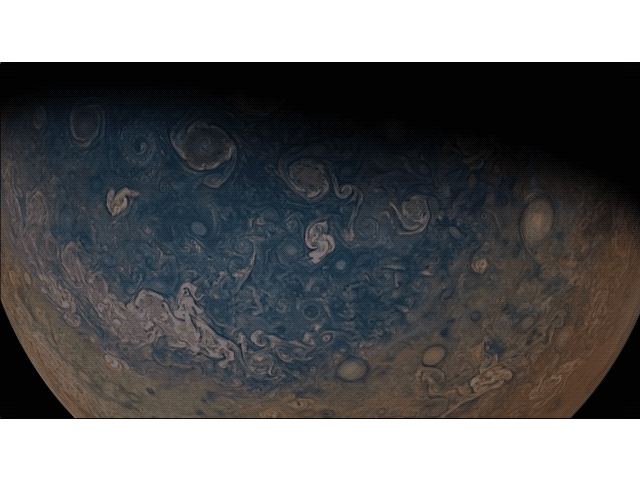[아이뉴스24 정종오 기자] September is becoming “the age of Jupiter”. Jupiter acts as the “big brother” of the solar system. He does a lot of defense by attracting asteroids that rush towards Earth with gravity. Jupiter has a “Great Red Spot” about the size of the Earth. Life is predicted to exist on Jupiter’s frozen moon Europa.
The National Aeronautics and Space Administration (NASA) recently released news related to Jupiter. On the 26th, Jupiter will make its closest approach to Earth in 59 years since 1963. In addition, the Double Asteroid Redirection Test (DART) probe, which collided with an asteroid on the 27th Korean hour, captured Jupiter and four moons and has sent to Earth.
According to NASA, “DART photographed Jupiter from 26 million km from Earth and 700 million km from Jupiter.” DART will be sent to the asteroid Dimorphus on the 27th. It is a project to test whether this collision can change the orbit of an asteroid.
There are no known asteroids that will hit Earth in the near future. However, the universe is so vast that there are many small asteroids that have not yet been observed and it is impossible to track them all. For this reason, DART is intended to prepare for a possible asteroid impact on Earth.
Launched on November 24 last year, the DART probe caught several stars and planets on its way to the impact site. In order for the probe to go to the correct destination, it finds a star in a specific area and sets its direction. In this way it finds its position and then flies. On July 1 and August 2, DART directed its equipment to Jupiter to test the navigation system.
The point of collision is also Didymus and his moon Timofo. For this reason, the DART team focused on Jupiter’s posterior moon, Europa. In this way it was possible to determine if the DART navigation system was functioning normally.
Jupiter, the “oldest” planet in the solar system, will be closest to Earth on the 26th. At this time, Jupiter will reach a distance of 587,415,560 km from Earth. When Earth and Jupiter are further apart, the distance is approximately 965.6 million miles.

According to NASA, “If you observe Jupiter using binoculars near the moon (September 26), you will be able to find three or four Galilean moons.” Jupiter has about 70 moons, of which Io, Europa, Ganymede and Callisto are called “Galilean moons”.
Furthermore, on the 29th, the Junoor Juno probe will approach Jupiter’s moon Europa within 358 km. Europa is an icy satellite, which it believes has oceans. It is considered a moon with a high chance of life and liquid water under thick ice.
/ Reporter Jeong Jong-oh([email protected])<!–
–>
–
![[지금은 우주-영상] September focuses on the “oldest” planet in the solar system “Jupiter” [지금은 우주-영상] September focuses on the “oldest” planet in the solar system “Jupiter”](https://img.lb.inews24.com/v1/facebookexternalhit/face/626x352/eff0d76248782d.jpg)

